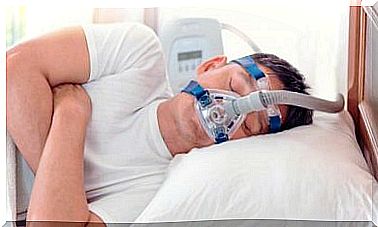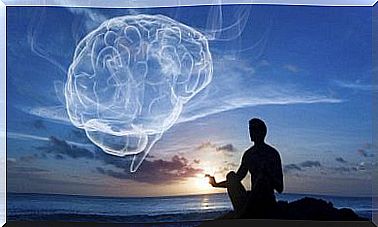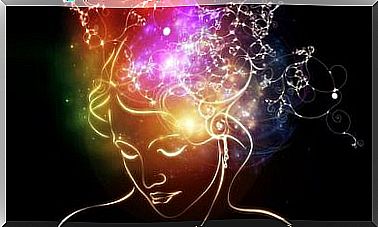Stroke: Causes And Types
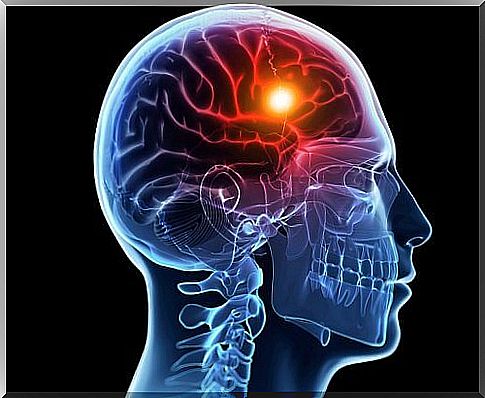
Cerebral vascular disease is the most common of neurological diseases. In fact, they represent up to 50% of the total. In addition, it is the third leading cause of death in the world, after heart disease and cancer. One of these pathologies is cerebrovascular accidents, also known as ictus, strokes or strokes.
These brain abnormalities caused by a pathological process of the blood vessels usually involve neurological alterations. The brain depends on blood flow, so when blood flow in a certain region stops for a few minutes, neuronal damage occurs. If it persists, it continues in neuronal necrosis and causes irreversible damage.
How to detect the damage of a cerebrovascular disease?
On the one hand, it can be detected thanks to radiological tests applied by doctors and neurologists. For example, a CT or MRI scan can provide a lot of information about the brain structures that have been affected.
In addition, it is important that the psychologist perform a neurological examination. In this way, you could obtain clues that cannot be detected by radiological tests, such as changes in behavior. Both are necessary for a more complete and rigorous diagnosis.
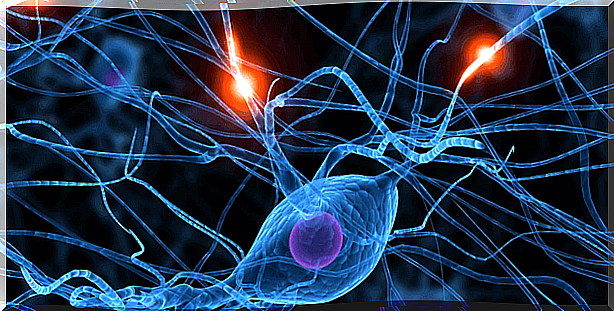
Characteristics of stroke
It is a type of cerebrovascular disease formed by a heterogeneous group of disorders in which brain injury occurs by a vascular mechanism. Its prevalence has increased during the last decades, due to a greater detection of cases due to the use of neuroimaging techniques. Lifestyle also contributes to this increase.
The main risk factors are those processes that facilitate the accumulation of fats in the blood vessels, their calcification or loss of flexibility. That is, hypertension, cholesterol, diabetes or tobacco. They are more frequent after the age of 60. Stroke causes blood flow to a part of the brain to stop. This lack of oxygen maintained over time in the affected area causes injury or death of brain tissue.
How strokes manifest
Symptoms of strokes are usually painless and transient, so they are often undiagnosed. However, its manifestation usually occurs on the opposite side of the body to the affected hemisphere. For example, if there is a decrease in blood flow in the right part of the brain, the consequences will tend to manifest themselves in the left half of the body.
In addition, there is usually a loss of strength or a feeling of numbness in one half of the body (face, arm, leg …). Also a sudden loss of vision, partial or total in one or both eyes. And difficulty speaking and understanding.

Types of stroke or stroke
Stroke causes a disruption of normal blood flow to the brain. This is what is known as a cerebral infarction, which can be caused by obstruction (ischemic stroke) or by hemorrhage (hemorrhagic stroke). Let’s delve into both types.
Ischemic (obstructive) stroke
The cause of ischemic stroke is the interruption of blood flow due to a blockage of the blood vessel. A clot circulates through the blood vessel towards the brain, anchors itself somewhere in the artery and causes the blockage. As less blood arrives, less oxygen arrives and this causes damage to the non-irrigated area.
The causes of this type of stroke are lack of systemic irrigation, thrombosis or embolism.
- Thrombosis : originates when a blood clot superimposed on an atheroma (a layer of solidified fat) narrows the cerebral blood vessel. They can appear suddenly.
- Embolism : A clot, formed in the heart or as a fragment of a thrombus, is released into the bloodstream and blocks a distal artery.
Hemorrhagic stroke
Unlike the previous one, the mortality rate of hemorrhagic strokes is higher than ischemic ones. Approximately 30-50% of those with this stroke die within the first month after bleeding.
The severity in this case is greater because the spilled blood can also cause damage. That is, the bleeding itself is a factor of damage. The cause is stroke from a rupture of the weakened wall of an artery. The mechanisms that produce the rupture of a vessel are essentially two: aneurysm or hypertension.
- Aneurysm : is the localized dilation, widening, bulging of a blood vessel, as a consequence of the congenital weakness of the wall of an artery. As a consequence, blood begins to fill the subarachnoid space and, since the skull does not have a flexible volume, intracranial pressure increases. Produces serious sequelae.
- Hypertension : increases the risk of intracerebral hemorrhage, that is, the blood is released properly to the brain and begins to damage various areas. The percentage of deaths is 80% and there is a risk of remaining in a vegetative state.
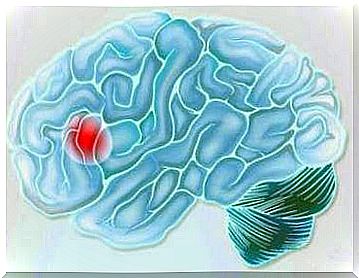
The prevalence of cerebrovascular accidents is currently 3.5% of the population over 64 years of age. From 65 to 74 years there is a greater presence in men. But, after 75, the prevalence increases significantly among the female gender.
Bibliography
Junqué, C. and Barroso, J. (2009). Neuropsychology Manual. Madrid: Editorial Síntesis.


